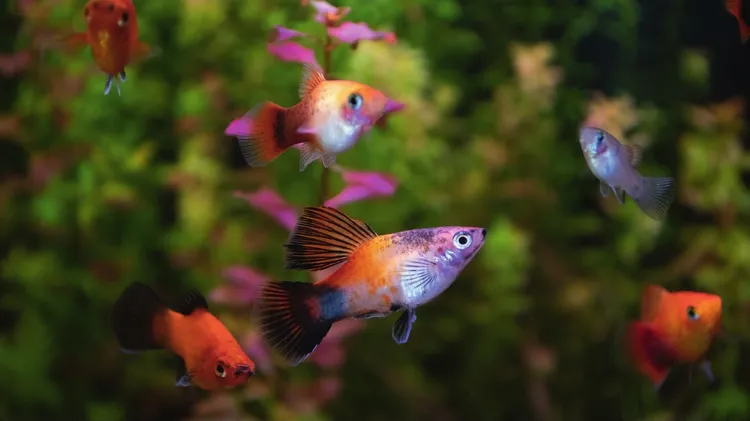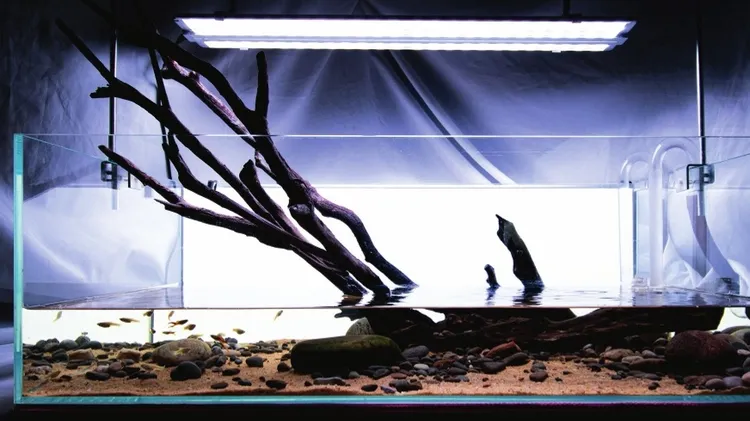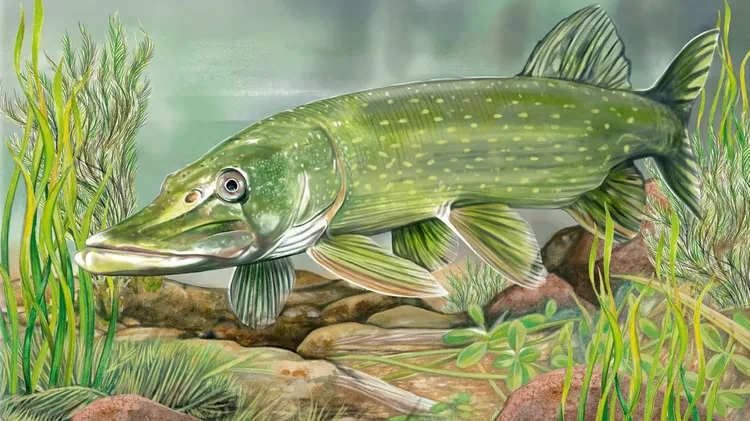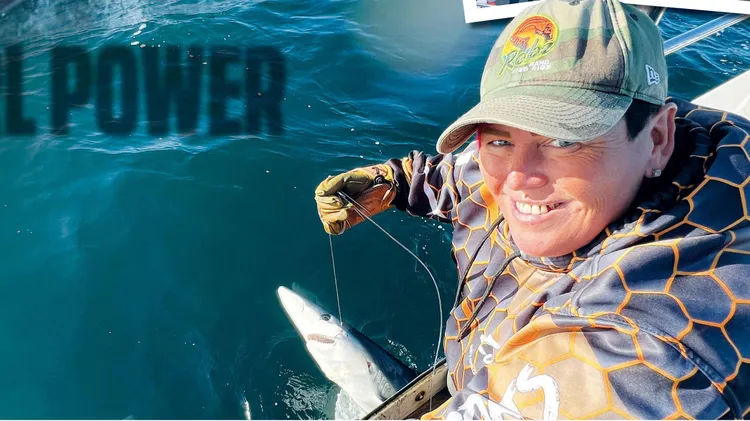If red is your colour, then you should go for Thorichthys maculi
The sassy cichlid chonga rojo
9 min read
This article is from...
Read this article and 8000+ more magazines and newspapers on Readly






